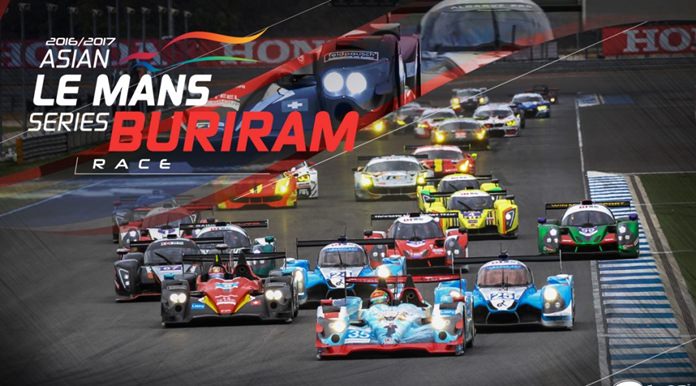
The Bira Circuit, Bang Saen and the Chang International circuit at Buriram are not strangers to Endurance races.
After a 4 hour race at the Bira circuit in Thailand in 2007, the organizers extended it to a 6 hour race at the same circuit this year. Since then, Endurance races have featured on the calendar each year.
Having numerous drivers had many advantages for everyone. For the entrant, it meant that the cost of running in an endurance event could be split between many, making it easier to finance an entry into an endurance event, remembering that one endurance event can equal the number of laps some sprint race cars do all year. The now reasonable cost per individual driver was also good for the racers who now had the opportunity to experience endurance racing at a very attainable cost, and in fact, many were able to interest personal sponsors to cover the cost of getting them a seat for the event.
For long distance racing, it isn’t how ultimately fast you can go, it is how fast you can go without over-stressing the car. The trick is to find the 95 percent where nothing is being stressed, lap times are only slightly slower and both car and driver remain fresh.
I honestly believe that endurance racing has an enormous future in Asia. Overseas, endurance racing has been part of the racing calendars for many years, be that 4 Hours, 6 Hours, 1,000 km, 12 Hours or 24 Hours. However, it needs much forward planning by the promoters, including rigid adherence to the dates of the events. If the racing fraternity knows that there will be an endurance event in mid January in Thailand, then arrangements can be made months ahead to come here to compete.
With an international formula adopted, then entries are expected from other SE Asian countries. From Malaysia in particular, which already has an endurance event run at Sepang each year, so has endurance-prepared vehicles ready to compete.
Deficiencies in preparation led to two common problems being cracking wheels and broken wheel studs, and in both instances this can come back to over-tightening of the wheel nuts. In endurance racing in particular, any team that does not use a torque (tension) wrench to tighten wheel nuts is asking for problems. Having crew men jumping on a bar slipped over a wheel brace is not the way to go! One year at the Bathurst 1000 km endurance race in Australia, all the Alfa-Romeo team cars cracked wheels. The cause? Wishing to have the cars looking pristine, they spray painted the wheels before the event, but did not clean the paint from the seats in the wheels for the wheel nuts. From the resultant fretting caused by the stresses of cornering lap after lap, the nuts became loose and the studs or wheels consequently broke.
The degree of preparation for an endurance race is also more exacting than for sprint racing. If the engine pumps out a bit of oil over a 20 lap race, that doesn’t matter. But over 40 laps this can lead to oil starvation and eventual mechanical failure, as well as all the extra time spent in the pits checking and topping up the oil.
Sprint racing tends to be just for the driver, whilst endurance racing is much more a ‘team’ event. Not just a team of drivers, but a team of mechanics and a team (and sometimes also a pit) manager. Endurance racing expands the number of people involved in motor sport, and the winning teams are those which can bring together their entire group of members to work as one. Increased numbers are good for our motor sport, and I applaud all those who are trying to provide endurance events in Asia. Asian has its own 24 hour event. We should get behind it.
 |
 |





